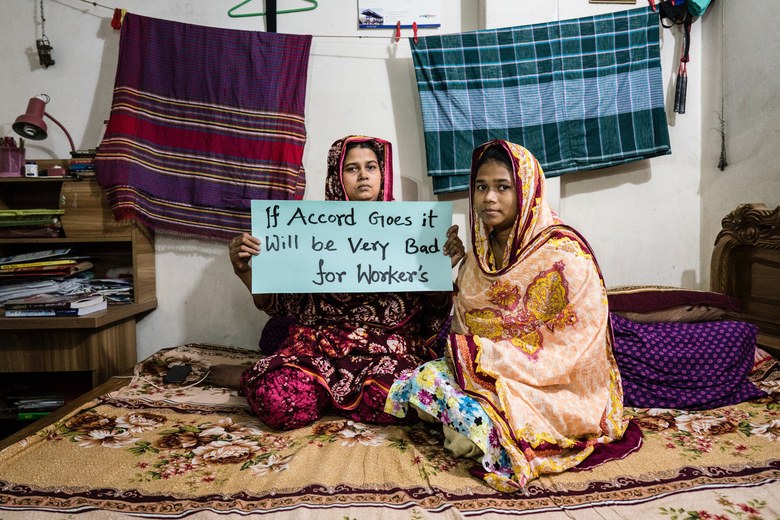Bangladesh is the world’s second-largest garment producer after China. The country’s $30 billion industry employs an estimated four million people, of which 80 per cent of them are women. These workers are among the worst-paid in the world, according to a compensation report released by the Fair Labour Association (FLA).
The minimum wage was hiked up by 50% in September 2018 to $95.5 per month. However, in the economy where prices keep increasing, the amount is barely sufficient to sustain. The clothes made in Bangladesh are purchased by major fashion labels such as H&M, Zara and Topshop.
In 2012, about 1134 garment workers lost their lives and several more were injured because of the collapse of Rana Plaza. After this incident, about 200 apparel companies set up the Bangladesh Accord to improve workplace safety at more than 1600 factories in the country. The accord covers about 2 million employees in its safety net.
The accord seeks to appoint specially trained inspectors who will conduct reviews of the factories. The safety upgrades required in the factory will be notified to the brand who in return will be responsible for executing and installing it as per the guidelines.
After the inspections, the accord will also ensure that the reports are shared among the companies which will act as an incentive for the suppliers to improve their practices. Consumers can also participate in the movement by checking which companies have signed the accord. This way the shoppers will be more aware and would know that they have not participated in unfair exploitation for their clothes.
Five years after the accord, only 60 companies of 220 have signed up for extension of the program till 2021.


